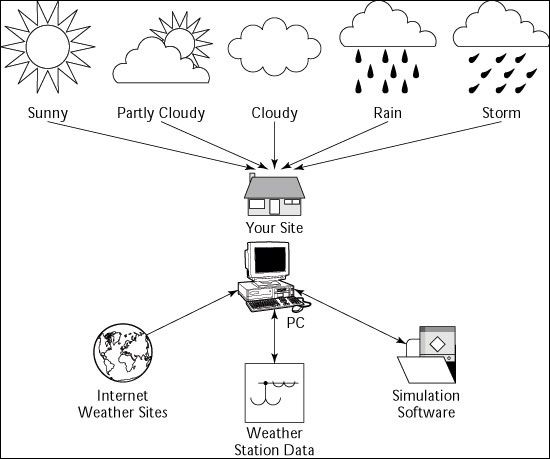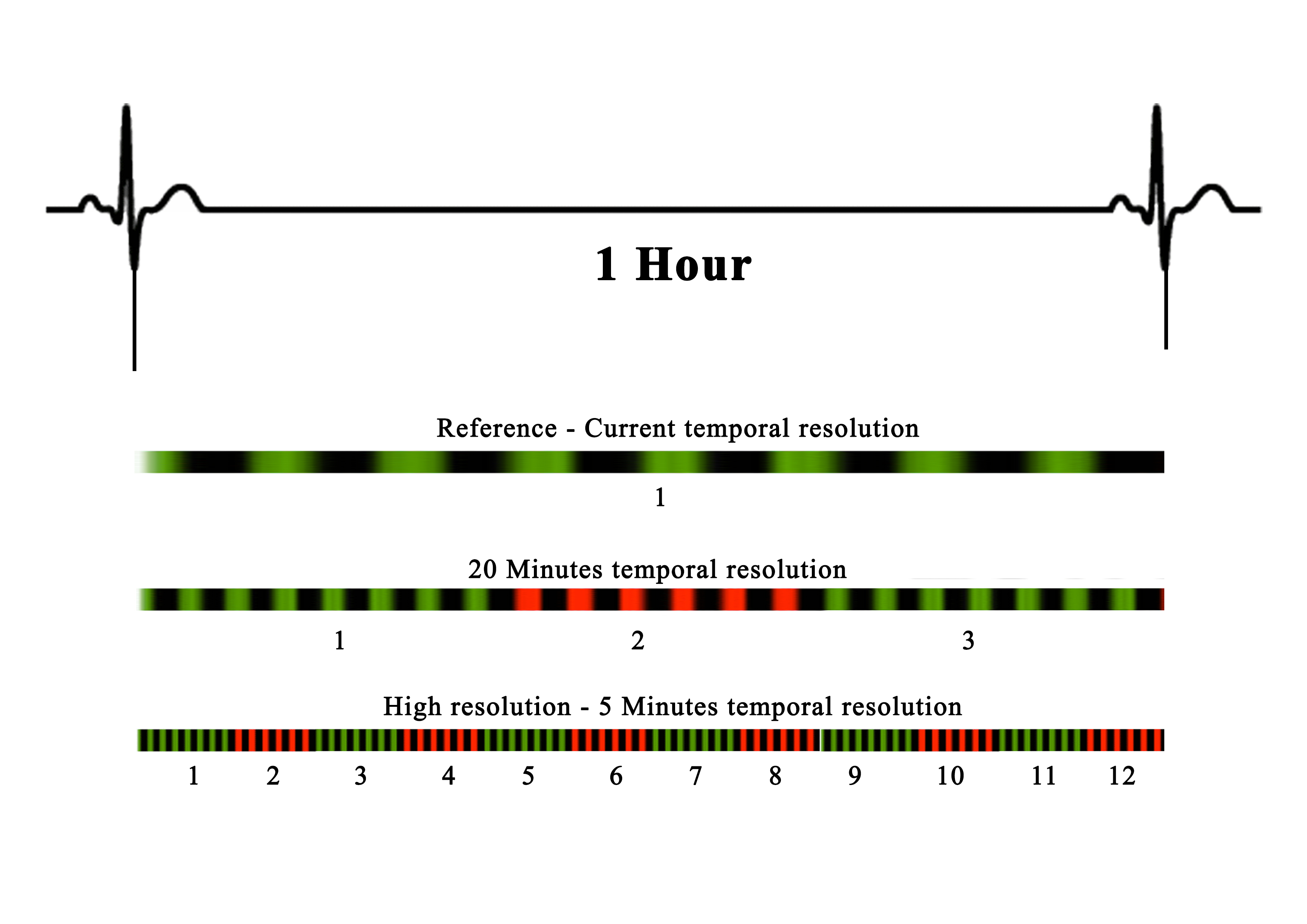
GRADUATE PROGRAM IN BUILDING SCIENCE
Yuqing Zhao—Alumni Environment Award
About the Award
For achievement in a thesis or project on a topic related to the environment or sustainable design.
Yuqing Zhao—Alumni Environment Award
About the Award
For achievement in a thesis or project on a topic related to the environment or sustainable design.
A study a high temporal resolution weather file for
simulating building energy consumption in cold climate
*Department of Architectural Science, Ryerson University
**Department of Electrical, Computer, & Biomedical Engineering
Ryerson University, ON, Canada, M5B 2K3
INTRODUCTION
Building energy simulation (BES) is the practice of utilizing computer-based program to perform a detailed prediction of building energy usage and its’ related building service system sensible loads. A BES program takes inputs such as building geometry, building envelope system, construction, building service systems, lighting features and also controlling strategies as the description of the building. With BES becoming an essential part of the pre- and post-construction period, there is an increasing need for more and more accurate weather information input data.
Yuqing Zhao*, Zaiyi Liao* and Lian Zhao
Yuqing Zhao*, Zaiyi Liao* and Lian Zhao***Department of Architectural Science, Ryerson University
**Department of Electrical, Computer, & Biomedical Engineering
Ryerson University, ON, Canada, M5B 2K3
INTRODUCTION
Building energy simulation (BES) is the practice of utilizing computer-based program to perform a detailed prediction of building energy usage and its’ related building service system sensible loads. A BES program takes inputs such as building geometry, building envelope system, construction, building service systems, lighting features and also controlling strategies as the description of the building. With BES becoming an essential part of the pre- and post-construction period, there is an increasing need for more and more accurate weather information input data.
The most common approach is to use the quasi-steady state building model
with 1-hour time step, full-year weather files. In recent
years, the inaccuracy arising from averaging effects caused by using an
hourly-based, resolution weather file has been acknowledged and studied by the
scientific community. The appropriate spatial and temporal resolution of a
weather file used in BES is determined by the underlying observations interval.
The most common format of hourly weather data is formed by selecting the most
average months in historical years and assembling these months into the most
typical year. This method has been widely used in practice to preliminarily
assessing energy consumption, including annual energy calculations.
There is a significant lack of research for the comparative analysis of the error in matching results caused by different temporal resolution within the available weather files. There is no detailed investigation or researches of the error and the characteristic of high-resolution weather files and building demand profiles. Thus, the purpose of this study is to close this gap and understanding how much impacts these vastly alternating weather phenomena contribute to the deviation in energy output. This study will investigate the error on matching results caused by coarser temporal resolution. A quantitively study of the driving phenomena’s behaviour is being conducted by selecting and applying different temporal resolution weather files to the BES engine.
There is a significant lack of research for the comparative analysis of the error in matching results caused by different temporal resolution within the available weather files. There is no detailed investigation or researches of the error and the characteristic of high-resolution weather files and building demand profiles. Thus, the purpose of this study is to close this gap and understanding how much impacts these vastly alternating weather phenomena contribute to the deviation in energy output. This study will investigate the error on matching results caused by coarser temporal resolution. A quantitively study of the driving phenomena’s behaviour is being conducted by selecting and applying different temporal resolution weather files to the BES engine.








